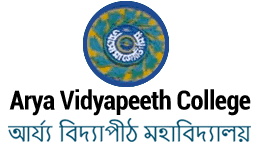Please use this identifier to cite or link to this item:
https://avcollege.digitallibrary.co.in/handle/123456789/95Full metadata record
| DC Field | Value | Language |
|---|---|---|
| dc.contributor.author | Bhattacharyya, Pradip Kumar | - |
| dc.contributor.author | Kar, Rahul | - |
| dc.date.accessioned | 2021-10-13T06:49:02Z | - |
| dc.date.available | 2021-10-13T06:49:02Z | - |
| dc.date.issued | 2011-10-31 | - |
| dc.identifier.uri | http://avcollege.digitallibrary.co.in/handle/123456789/95 | - |
| dc.description.abstract | The reactivity and stability of the tricyclic aziridinium ion intermediate of the mustine drug molecule varies with the \NCC bond angle (from 60 to 150 ) of the tricyclic ring. As \NCC bond angle increases, the tricyclic ring of the aziridinium ion opens up which leads to variation in its reactivity. We have observed shifting of the reactive center (i.e., the LUMO) of the drug intermediate with variation in the \NCC bond angle in gas phase as well as in aqueous phase. It was also observed that the drug interme diate must undergo some structural changes before alkylating DNA. In addition, the maximum hardness principle and minimum electrophilicity principles were analyzed | - |
| dc.language.iso | en | en_US |
| dc.publisher | Arya Vidyapeeth College | en_US |
| dc.subject | Chemistry | en_US |
| dc.title | Does structural variation in the aziridinium ion facilitate alkylation | en_US |
| dc.type | Article | en_US |
| Appears in Collections: | Research Journals | |
Files in This Item:
| File | Description | Size | Format | |
|---|---|---|---|---|
| 2011 B.pdf | Page [5–11] | 904.01 kB | Adobe PDF |  View/Open |
Items in DSpace are protected by copyright, with all rights reserved, unless otherwise indicated.
